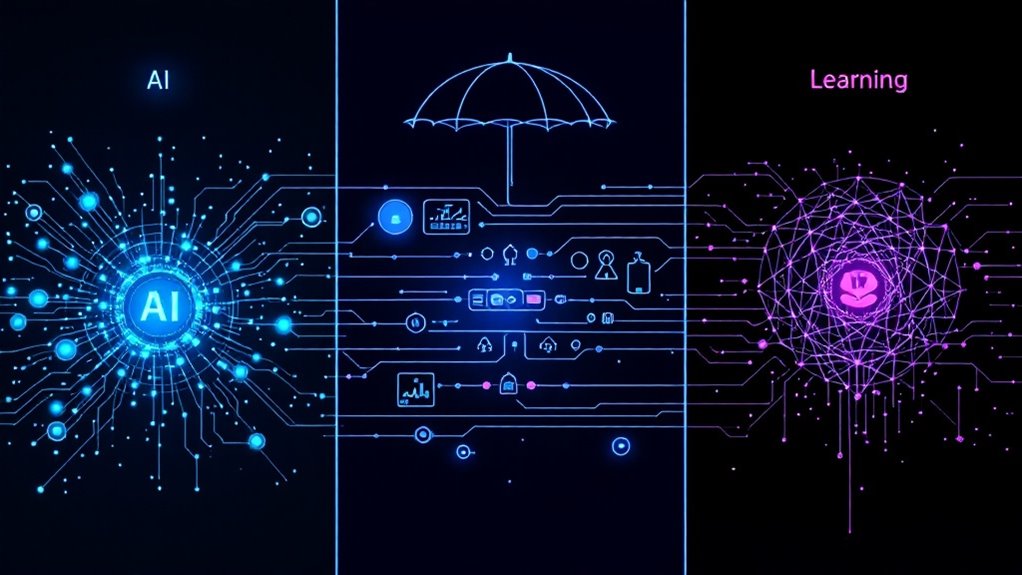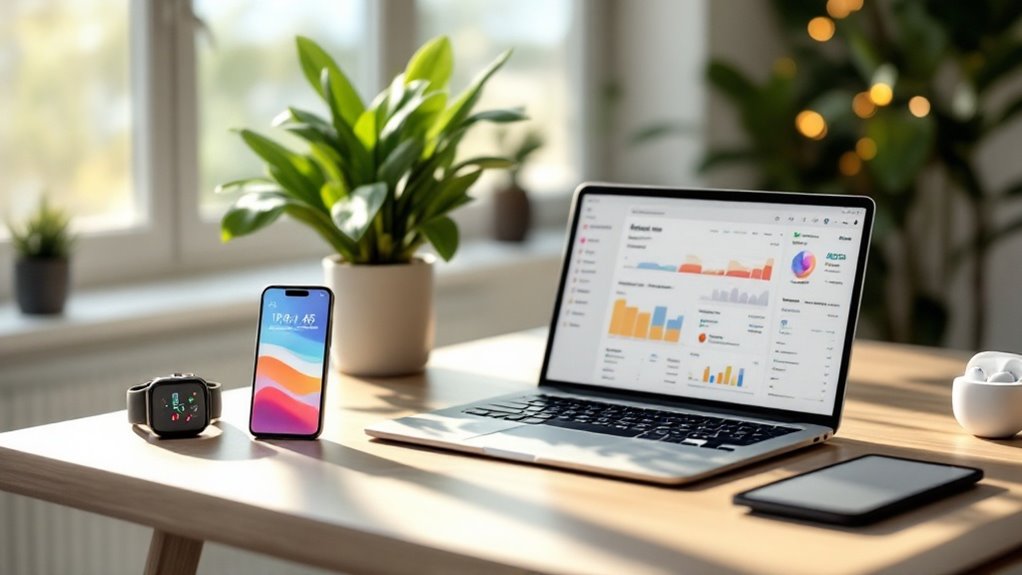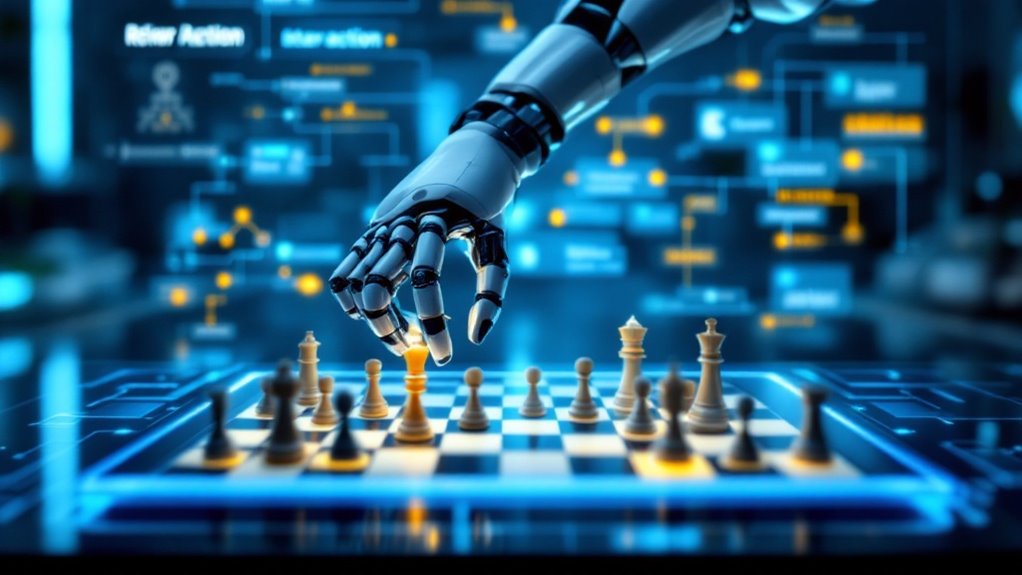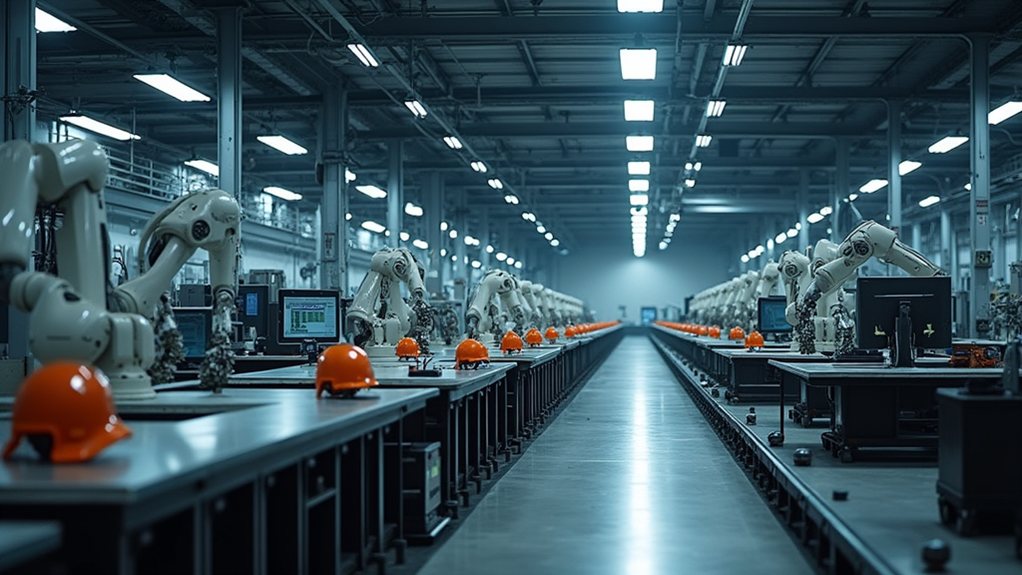AI is revolutionizing retail through hyper-personalization and smarter inventory systems. Personal shopping assistants now analyze your behavior to suggest products you’ll actually want, while predictive algorithms keep shelves stocked without those awkward “let me check the back” moments. Dynamic pricing adjusts in real-time, so Tuesday might be your wallet’s new best friend. For employees, it’s a mixed bag—fewer mundane tasks but changing roles. The retail landscape is evolving faster than last season’s fashion trends.
Nearly every corner of the retail landscape has been transformed by artificial intelligence in recent years, with the technology reshaping everything from how you find that perfect pair of jeans to why that ad for dog food keeps following you around the internet.
Behind the scenes, retailers are embracing AI with unprecedented enthusiasm—and for good reason.
Consider the personal shopping assistant that seems to know what you want before you do. That’s AI analyzing your browsing history, purchase patterns, and even how long you hover over certain items. About 59% of retailers now leverage these algorithms to enhance customer interactions, serving up recommendations that feel eerily accurate rather than randomly generated. Technologies like Tractor Supply’s AI assistant Gura help store associates provide real-time product information and personalized recommendations, such as finding the perfect dog food for pets with sensitive skin.
The digital mind that follows your cursor, remembers your favorites, and whispers suggestions before desire forms.
It’s like having a salesperson who remembers everything you’ve ever liked, minus the awkward small talk.
Meanwhile, inventory management—traditionally retail’s least glamorous headache—has become a high-tech playground. AI predictive systems forecast demand with remarkable precision, helping stores maintain that Goldilocks zone of “just right” stock levels.
The days of frantically searching for the last size 8 shoe or finding seventeen identical sweaters on the clearance rack are gradually becoming retail folklore.
Dynamic pricing has also entered the chat. Those fluctuating prices you see online aren’t random—they’re calculated adjustments based on your shopping habits, market trends, and competitor pricing.
Want that coffee maker? Maybe wait until Tuesday when the algorithm typically drops prices to boost midweek sales.
For retail employees, AI has delivered mixed blessings. Automated checkout systems and warehouse robots increase efficiency while reducing labor costs—great for the quarterly reports, occasionally concerning for the workforce.
But AI also frees staff from mundane tasks, allowing them to focus on meaningful customer interactions.
The real magic happens in data analysis, where AI integrates information across channels to create a unified customer view. This integration helps overcome the operational inefficiencies created when digital and physical shopping channels are treated as separate units.
This 360-degree perspective lets retailers anticipate market shifts and adapt strategies before competitors even notice the changing winds. This retail transformation is part of a larger economic revolution that could contribute up to $15.7 trillion to the global economy by 2030 through increased productivity and personalization.
Welcome to retail’s AI revolution—where algorithms know your size and robots stack your sneakers.









